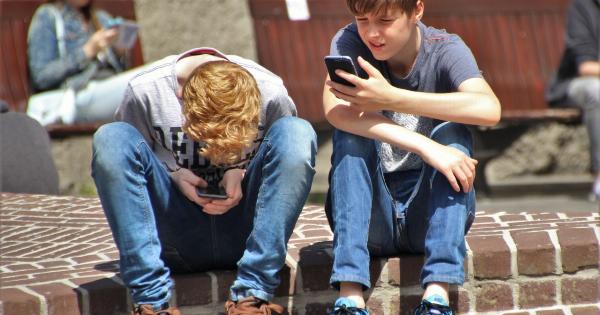Scoliosis is a condition that affects the spine, causing it to curve sideways. It can affect people of all ages, but is most commonly diagnosed in children and adolescents.
If your child has been diagnosed with scoliosis, it is important to understand the condition and its treatment options. This guide will provide an overview of scoliosis, including causes, symptoms, diagnosis and treatment options.
What is scoliosis?
Scoliosis is a condition that affects the spine, causing it to curve sideways. This curvature can occur anywhere along the spine, but is most common in the upper back (thoracic spine) or lower back (lumbar spine).
The curvature can be mild or severe and can cause a range of symptoms, from mild discomfort to severe pain and disability.
What causes scoliosis?
The cause of scoliosis is often unknown, but it can sometimes be caused by a variety of factors, including:.
- Genetics – scoliosis can run in families
- Muscle imbalances – if one side of the muscles in the back is weaker than the other, it can cause the spine to curve
- Neurological conditions – scoliosis can be a symptom of certain neurological conditions, such as cerebral palsy or muscular dystrophy
What are the symptoms of scoliosis?
The symptoms of scoliosis can range from mild to severe. In mild cases, there may be little or no symptoms at all. The most common symptoms of scoliosis include:.
- Uneven shoulders or hips
- A visible curve in the spine
- Uneven waist or ribcage
- Back pain or discomfort
- Breathing difficulties in severe cases
How is scoliosis diagnosed?
Scoliosis is usually diagnosed during a routine physical exam. Your doctor will look for any visible signs of scoliosis, such as a sideways curvature of the spine or uneven shoulders or hips.
They may also order imaging tests, such as an X-ray, to confirm the diagnosis and assess the severity of the curvature.
What are the treatment options for scoliosis?
The treatment options for scoliosis depend on the severity of the curvature and the age of the patient. In general, treatment options for scoliosis include:.
- Observation – if the curvature is mild, your doctor may recommend monitoring the condition to see if it worsens over time
- Bracing – if the curvature is moderate, your doctor may recommend wearing a brace to help stop the progression of the curvature
- Surgery – if the curvature is severe, your doctor may recommend surgery to straighten the spine
What can parents do to help their child with scoliosis?
As a parent, there are several things you can do to help your child with scoliosis:.
- Encourage them to wear their brace as recommended by their doctor
- Help them to maintain a healthy weight and a good posture
- Encourage them to stay active within the limits set by their doctor
- Provide emotional support and encouragement as they go through treatment
Conclusion
Scoliosis is a condition that affects the spine, causing it to curve sideways. It can be diagnosed at any age, but is most commonly diagnosed in children and adolescents.
If your child has been diagnosed with scoliosis, it is important to work with your doctor to determine the best treatment options. By understanding scoliosis and its treatment, you can help your child manage the condition and maintain a healthy and active lifestyle.































